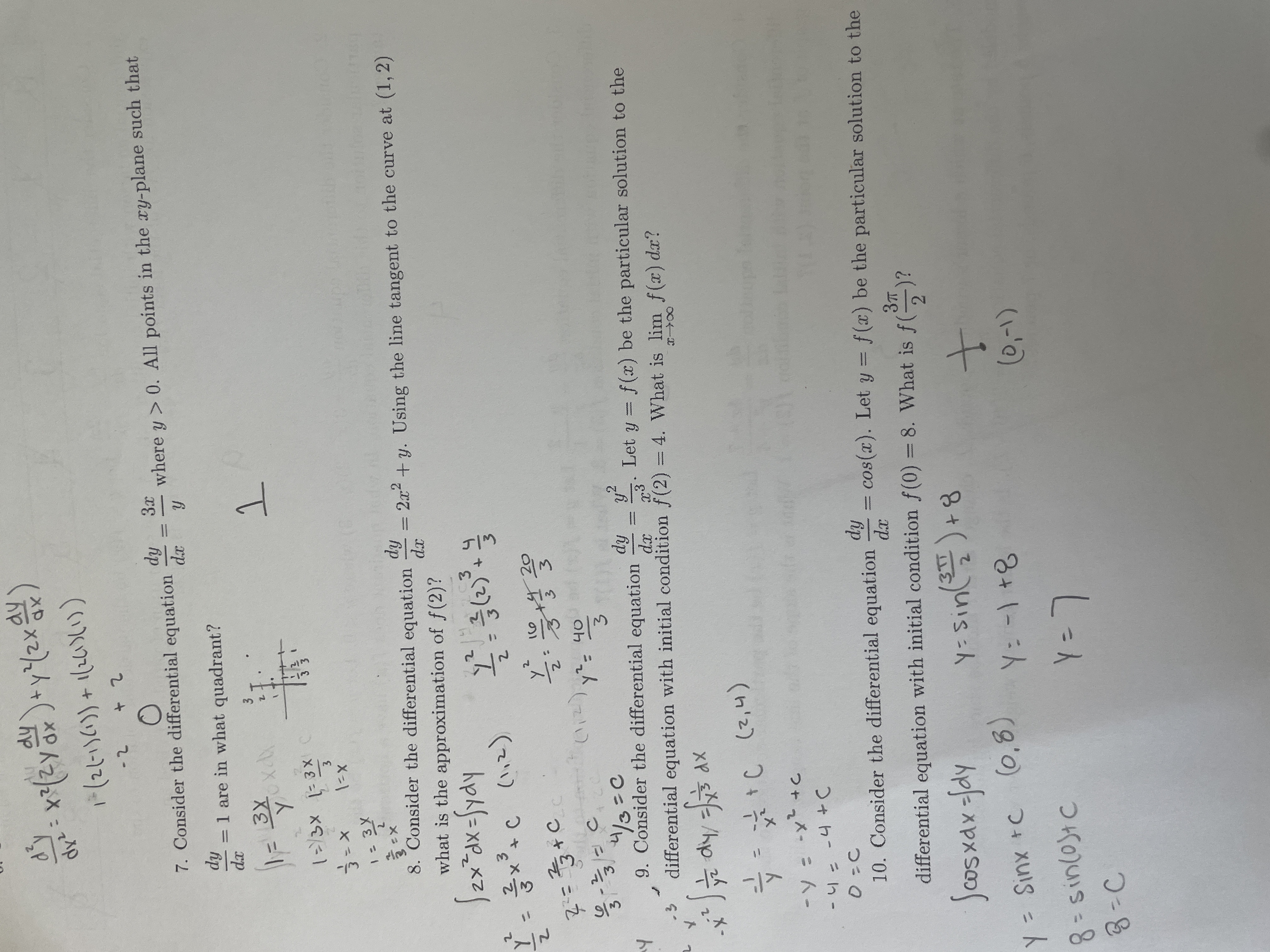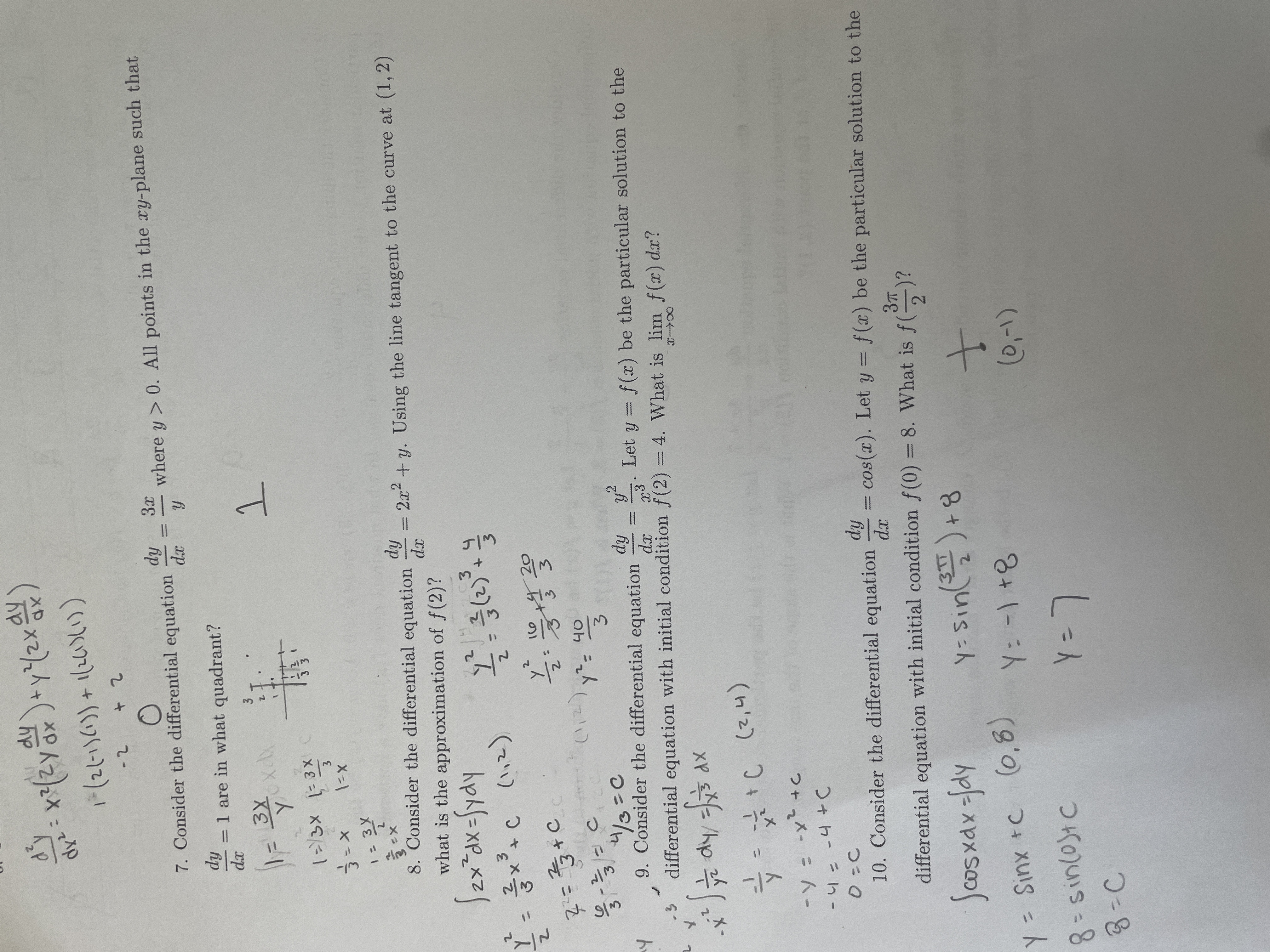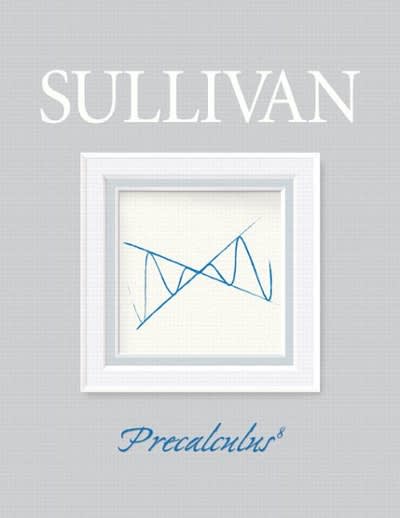Answered step by step
Verified Expert Solution
Question
1 Approved Answer
dy = = x 2 ( zy dx ) + y 2 ( 2 x dy 13 ( 21-1) ( 1) ) + 1( 2(1)(1)


Step by Step Solution
There are 3 Steps involved in it
Step: 1

Get Instant Access to Expert-Tailored Solutions
See step-by-step solutions with expert insights and AI powered tools for academic success
Step: 2

Step: 3

Ace Your Homework with AI
Get the answers you need in no time with our AI-driven, step-by-step assistance
Get Started


